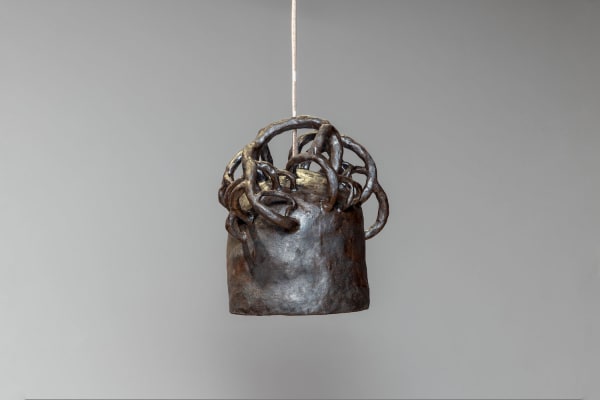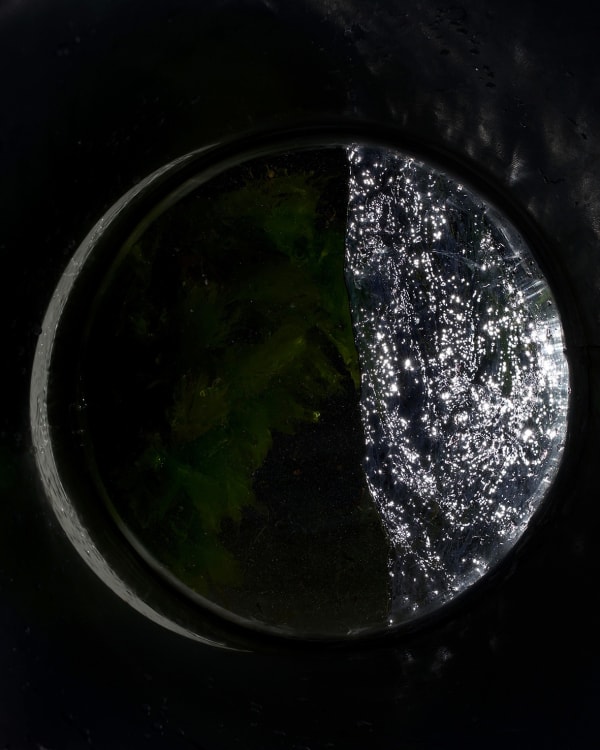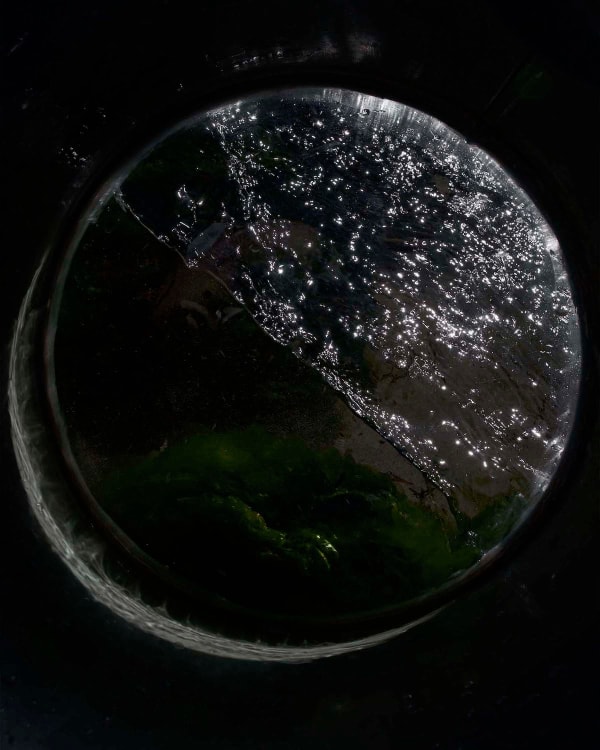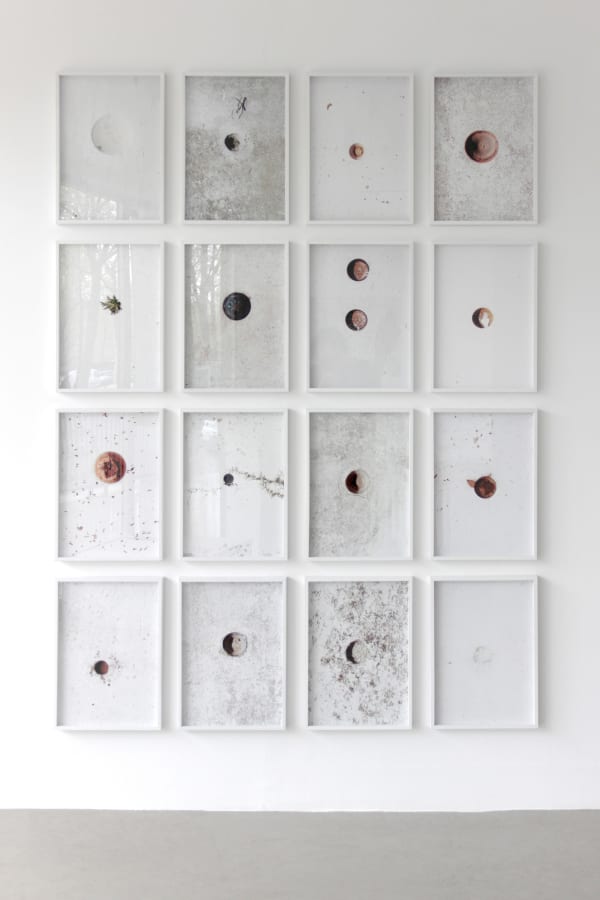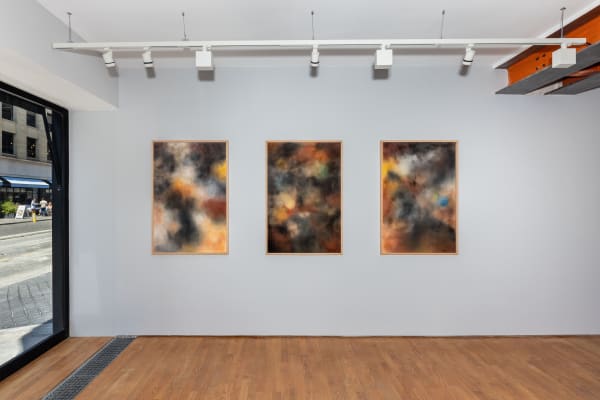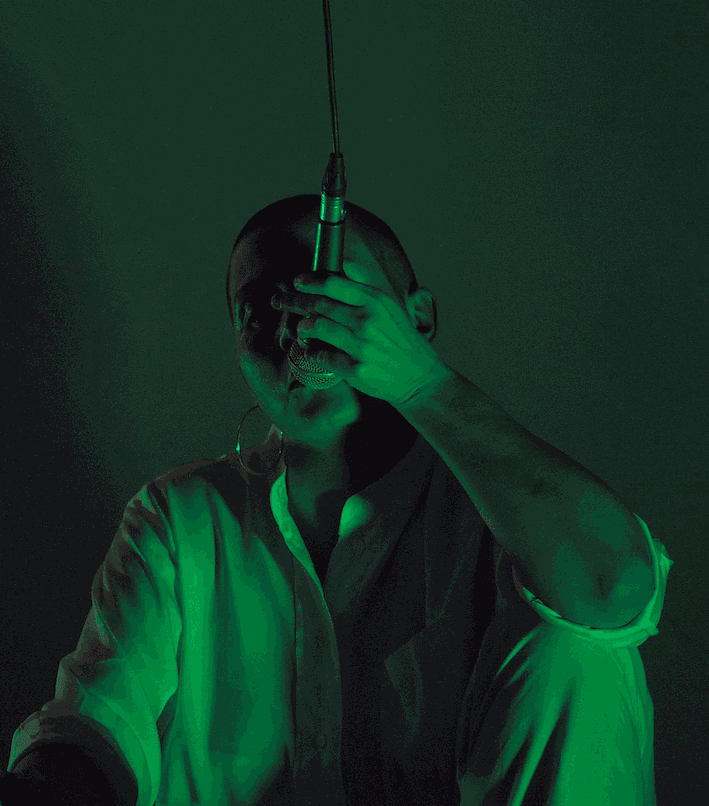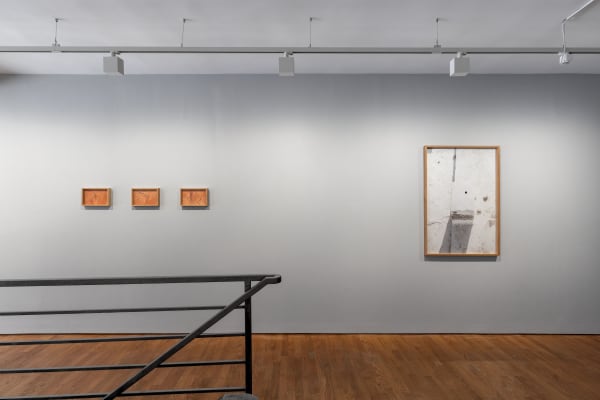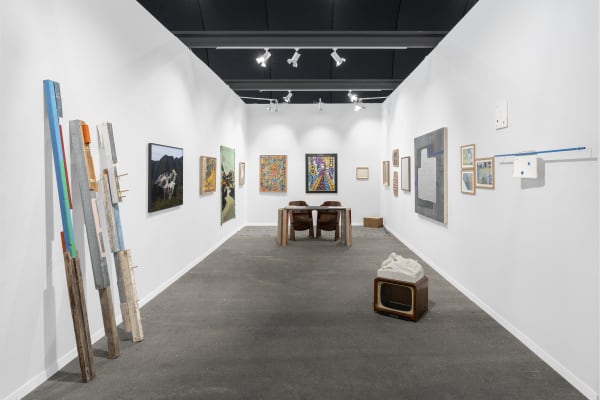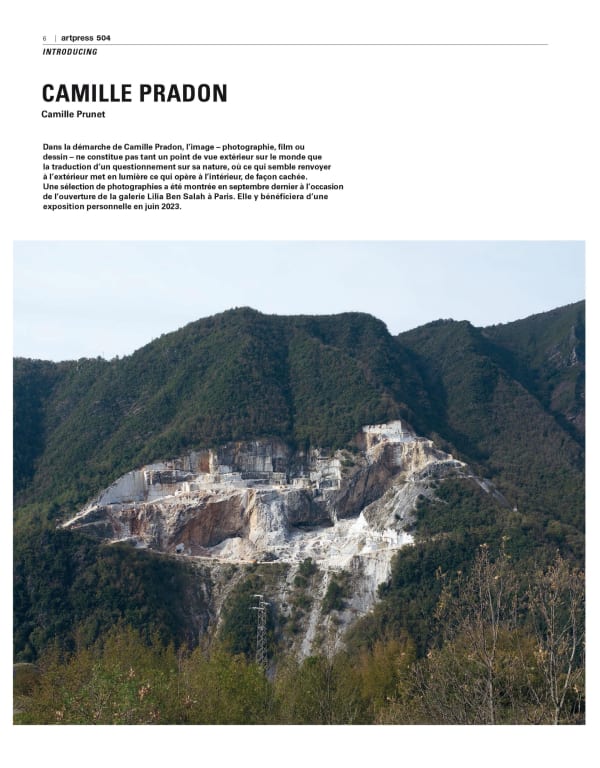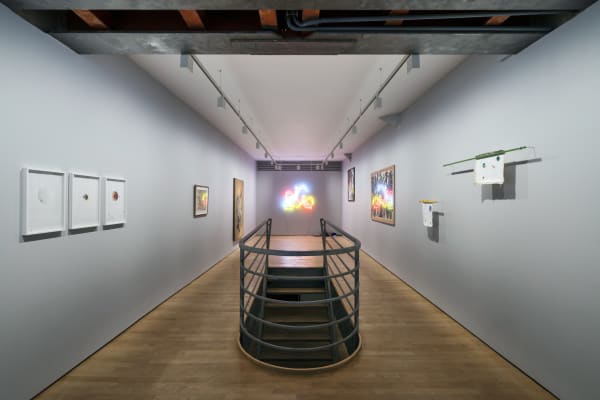Camille Pradon Oullins, 1993
Camille Pradon développe une œuvre à la fois plastique, conceptuelle et critique. Elle explore l'image comme matière sensible et questionne les notions de déplacement et de récits fragmentaires jouant sur la porosité entre les médiums : la vidéo et l'installation, la photographie et le dessin ou encore la céramique. Ses œuvres sont régulièrement présentées en France et à l'international, notamment au Manchester Museum of Natural History (UK), à la Cité internationale des arts, la Villa Belleville (Paris), la Biennale d'Art Contemporain de Lyon, le Gabes Cinema Fen (Tunisie) et le Centre Wallonie Bruxelles (Paris). Elle est publiée en tant qu'autrice et critique par différentes revues telles que le Magazine du Jeu de Paume et Point Contemporain. Camille Pradon est diplômée de l'École supérieure d'art et design de Saint-Étienne en 2015, elle étudie également à l'Académie des Beaux Arts de Bologne en Italie. En 2020 et 2021, elle est admise en résidence à la Cité internationale des arts de Paris, elle est également lauréate de la Villa Salammbô, par l'Institut français de Tunisie et du programme Grand Tour, par l'Institut français Italia. Elle vit et travaille entre la France et la Tunisie.
-
 Anapnoï #1, 2023
Anapnoï #1, 2023 -
 Anapnoï #3, 2023
Anapnoï #3, 2023 -
 Anapnoï #4, 2023
Anapnoï #4, 2023 -
 Anapnoï #5, 2023
Anapnoï #5, 2023 -
 Approche de la parole #1, 2023
Approche de la parole #1, 2023 -
 Loin de leur jardin, 2023
Loin de leur jardin, 2023 -
 Miroir #2, 2023
Miroir #2, 2023 -
 Miroir #4, 2023
Miroir #4, 2023 -
 Miroir #5, 2023
Miroir #5, 2023 -
 Sans-titre, Radiance I, 2023
Sans-titre, Radiance I, 2023 -
 Sans-titre, Radiance III, 2023
Sans-titre, Radiance III, 2023 -
 Lignes écrites #00, 2021
Lignes écrites #00, 2021 -
 Lignes écrites #02, 2021
Lignes écrites #02, 2021 -
 Miroir #1, 2023
Miroir #1, 2023 -
 Miroir #3, 2023
Miroir #3, 2023 -
 Pierre de veille #2, 2022
Pierre de veille #2, 2022 -
 Pierre de veille #1, 2022
Pierre de veille #1, 2022 -
 Lignes écrites, 2021
Lignes écrites, 2021 -
 Pietà, 2022
Pietà, 2022
-

Camille Pradon
Sol absolu 31 Mai - 16 Septembre 2023La galerie lilia ben salah présente Sol absolu, une exposition personnelle de l'artiste française Camille Pradon, du 31 mai au 16 septembre 2023. Les éléments, et leur enchevêtrement, ont une...Lire plus -

Positions and Points of View | Partis Pris et Points de Vue
Group Show 8 Septembre - 8 Octobre 2022Partis Pris et Points de Vue Par Natasha Boas Ph.D, International Curator La galerie Lilia Ben Salah est heureuse de présenter Partis Pris et Points de Vue (Positions and...Lire plus


